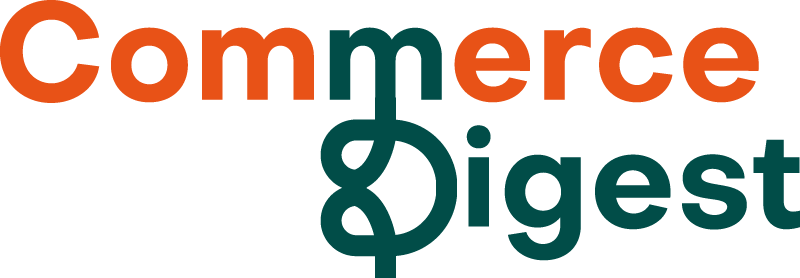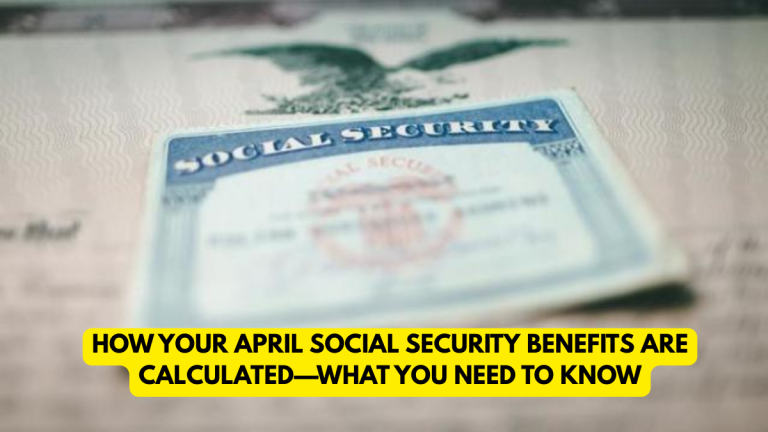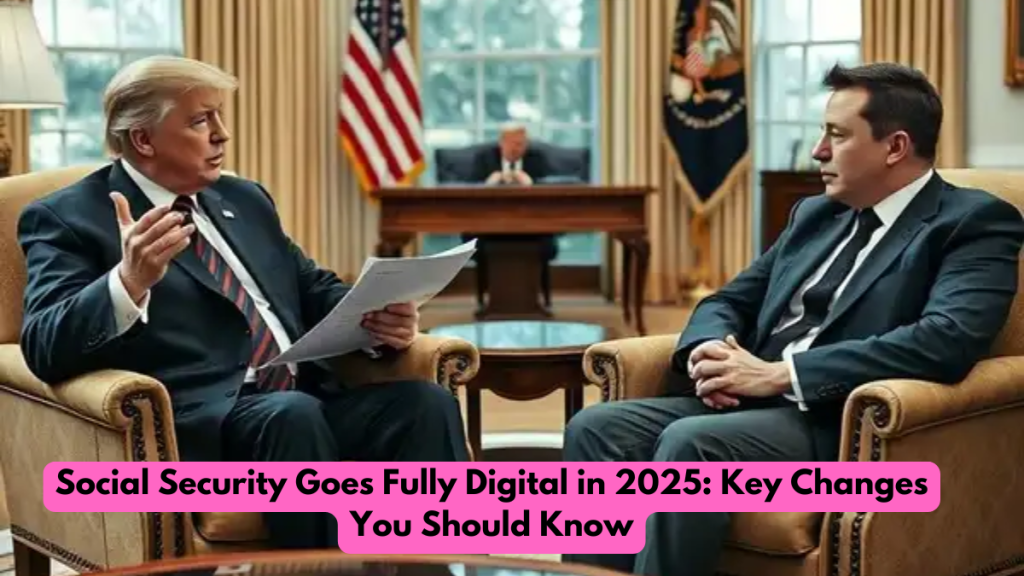
In an effort to modernize federal payment systems, the U.S. Social Security Administration (SSA) is making another major push toward fully electronic benefit disbursements. While the transition away from paper checks began over a decade ago, recent developments and a new federal mandate are reinforcing the shift toward digital payments.
Here’s everything you need to know about how Social Security payments are evolving in 2025, what’s changing, and how beneficiaries can stay informed and protected.
Background: The Move to Electronic Payments Began in 2013
The initial push for electronic Social Security payments started in March 2013, when the U.S. Department of the Treasury implemented a rule requiring all federal benefit payments to be made electronically. The goal was to reduce government spending, increase efficiency, and lower the risks associated with paper checks, such as theft, loss, or delay.
Under this policy, new beneficiaries were required to receive payments via:
- Direct deposit to a personal bank or credit union account, or
- The Direct Express® Debit Mastercard®, a prepaid debit card designed for federal benefit recipients without bank accounts.
The Treasury estimated that this switch could save taxpayers roughly $1 billion over ten years. Source: AARP
What’s New in 2025: Stronger Verification, Broader Digital Mandate
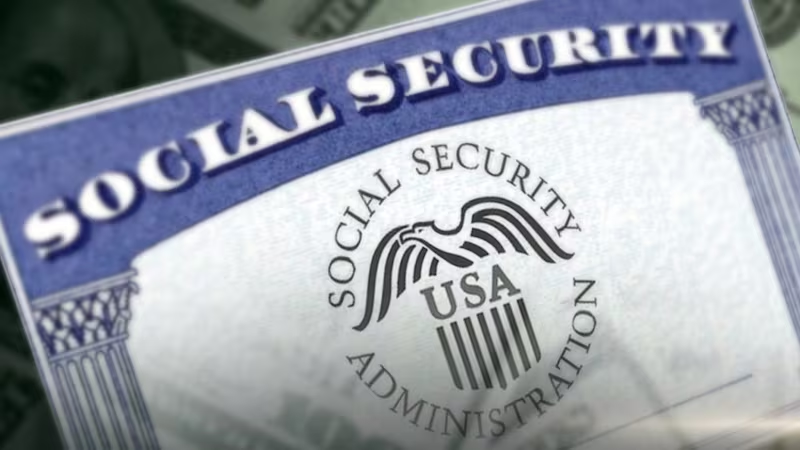
While the majority of Social Security recipients already receive payments electronically, several updates in 2025 are taking the transition a step further.
New Digital Mandate by September 30, 2025
In line with an executive order focused on digital modernization and fraud prevention, all federal disbursements and receipts—including Social Security checks, IRS tax returns, and other benefits—must be processed electronically by September 30, 2025.
The mandate aims to:
- Enhance payment security,
- Reduce costs related to paper processing, and
- Improve delivery efficiency.
Exceptions to this rule will apply for:
- Individuals without access to banking services,
- Certain emergency-related or national security disbursements.
Enhanced Identity Verification for Direct Deposit Changes
The SSA has also rolled out stricter identity verification protocols for individuals who wish to update their direct deposit information.
As of March 2025:
- Beneficiaries must verify their identity online using two-factor authentication through their my Social Security account, or
- Visit a local Social Security office in person with valid documentation.
These measures are part of SSA’s response to rising fraud incidents, particularly involving phone-based bank account changes. According to SSA data, nearly 40% of direct deposit fraud stemmed from updates made over the phone.
“Safeguarding public funds and personal information is a top priority,” SSA officials stated in a recent blog post. Source: SSA Blog
Benefits of Going Digital
The shift to electronic payments is about more than just convenience. The SSA and Treasury Department highlight several key benefits:
- Faster Payments: Funds are deposited on time without postal delays.
- Increased Security: Electronic transfers reduce risks of theft or fraud.
- Lower Costs: Reduces administrative costs tied to printing and mailing checks.
- Environmental Impact: Fewer paper checks help reduce waste.
For those without bank accounts, the Direct Express® Debit Mastercard® remains a secure and accessible option. It allows beneficiaries to use funds for purchases, ATM withdrawals, and bill payments without needing a traditional checking account.
More info on Direct Express: https://www.usdirectexpress.com/
Challenges for Some Recipients
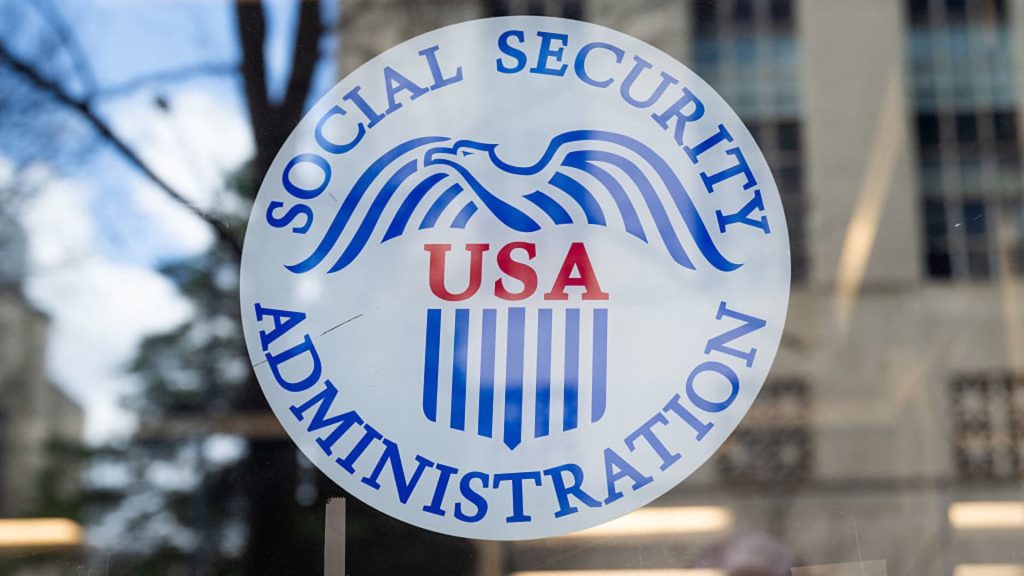
Despite the clear advantages, the transition may pose difficulties for certain groups:
- Seniors unfamiliar with online banking,
- People in rural or underserved areas with limited internet access,
- Individuals with disabilities that make digital navigation difficult.
To address this, the SSA continues to provide in-person support at local offices, telephone assistance, and educational outreach to help beneficiaries adapt.
How to Stay Updated and Protected?
To avoid disruptions and stay safe from fraud:
- Create or log into your my Social Security account at https://www.ssa.gov/myaccount/
- Keep your contact information and bank details up to date.
- Avoid making bank account changes over the phone.
- Watch out for phishing scams pretending to be from the SSA or Treasury.
If you suspect fraud or identity theft, contact the SSA Office of the Inspector General at https://oig.ssa.gov/.
Bottom Line
The SSA’s push toward electronic payments marks a major step in modernizing federal benefits. While the shift has been underway for years, 2025 introduces stricter requirements, stronger fraud protections, and a firm deadline for going digital.
Beneficiaries are encouraged to take action early, set up secure digital access, and utilize SSA resources to ensure a smooth transition.
For more information, visit:
- Social Security Administration: https://www.ssa.gov
- U.S. Department of the Treasury: https://fiscal.treasury.gov
